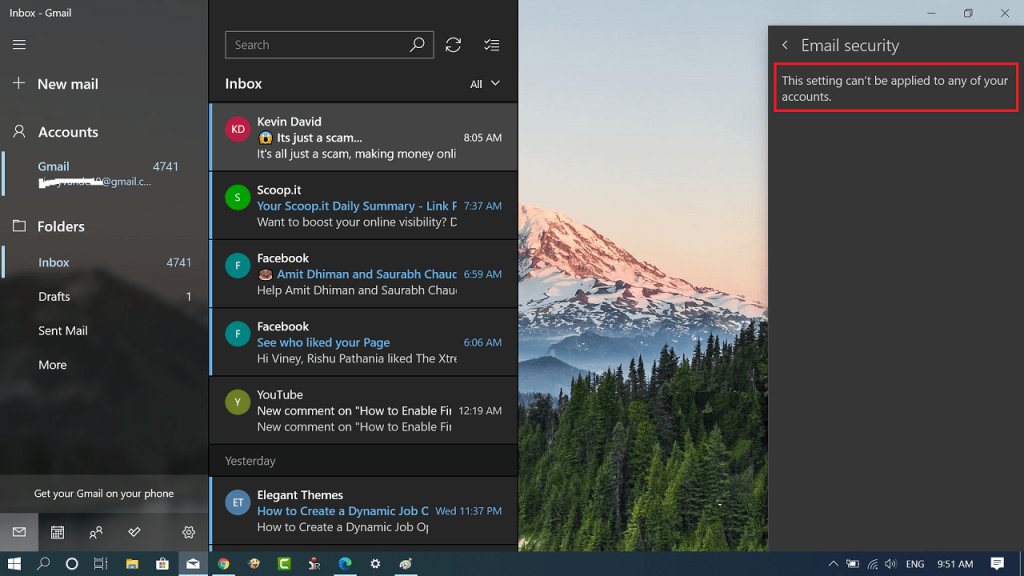
"specific" group policy MMC console was for later if you included theġ1. Make it easier for you to know what user (ex: Test) or group this NOTE: You can use any name you like, but it would "all users except administrators" group policy MSC file, then click on Select to save to your Desktop, type in a name (ex: Non-Administrators-Group-Policy) that you would like to have for this In the MMC Console window, click on File (Menu bar) and Save As.ġ0. Click on the Users tab, select an Non-Administrators, and click on OK.ĩ. In the left pane, select Group Policy Object Editor, and click on the Add button.Ħ. In the MMC Console window, click on File (Menu bar) and Add/Remove Snap-in.Ĥ. If prompted by UAC, then click on Yes (Windows 7/8/10) or Continue (Vista).ģ. Run dialog, then type mmc.exe, and click/tap on OK instead.Ģ. NOTE: In Windows 8, you could press Windows+R keys to open the Open the Start Menu, type mmc.exe in the search box, and press Enter. Yes, it says Windows 7 but most likely this will work for Windows 10.

Local Group Policies - Apply to All Users Except Administrators So if you do want normal users to be able to access the greyed out settings I recommend you follow the following tutorial: How to change group policy for non-administrators The answer to your question is basically because you're on a normal user account. I actually tried running the app as an Administrator from an elevated command prompt, Windows Powershell ( Start-Process "ms-settings" -runas /user:Administrator), and also by right clicking and choosing "Run as Admin" on the actual SystemSettings application located at C:\Windows\ImmersiveControlPanel.

It appears by default regular users cannot change these settings (it does make sense). Those settings are controlled by Group Policy.

Note that if the network requires a password, you will have to enter the password again.This isn't the problem of not running the Settings app as an Administrator. Once this has been done, please try connecting to a network again. Your computer will now restart and your network adapters and configuration will be reset. Click Network Reset.Ĭlick Yes to confirm and restart your computer. You should be in the status tab by default. You may also need to reinstall any networking software that you have installed on your computer, which includes VPN clients such as WiscVPN.įrom the Start Menu, navigate to Settings. This is useful for troubleshooting various networking issues, but will also result in all saved networks and network password being forgotten, meaning that you will have to enter in these passwords again. This document describes the process of performing a network reset in Windows 10.Ī network reset will remove and reinstall all network adapters on your computer as well as set most other networking components back to their original settings.


 0 kommentar(er)
0 kommentar(er)
